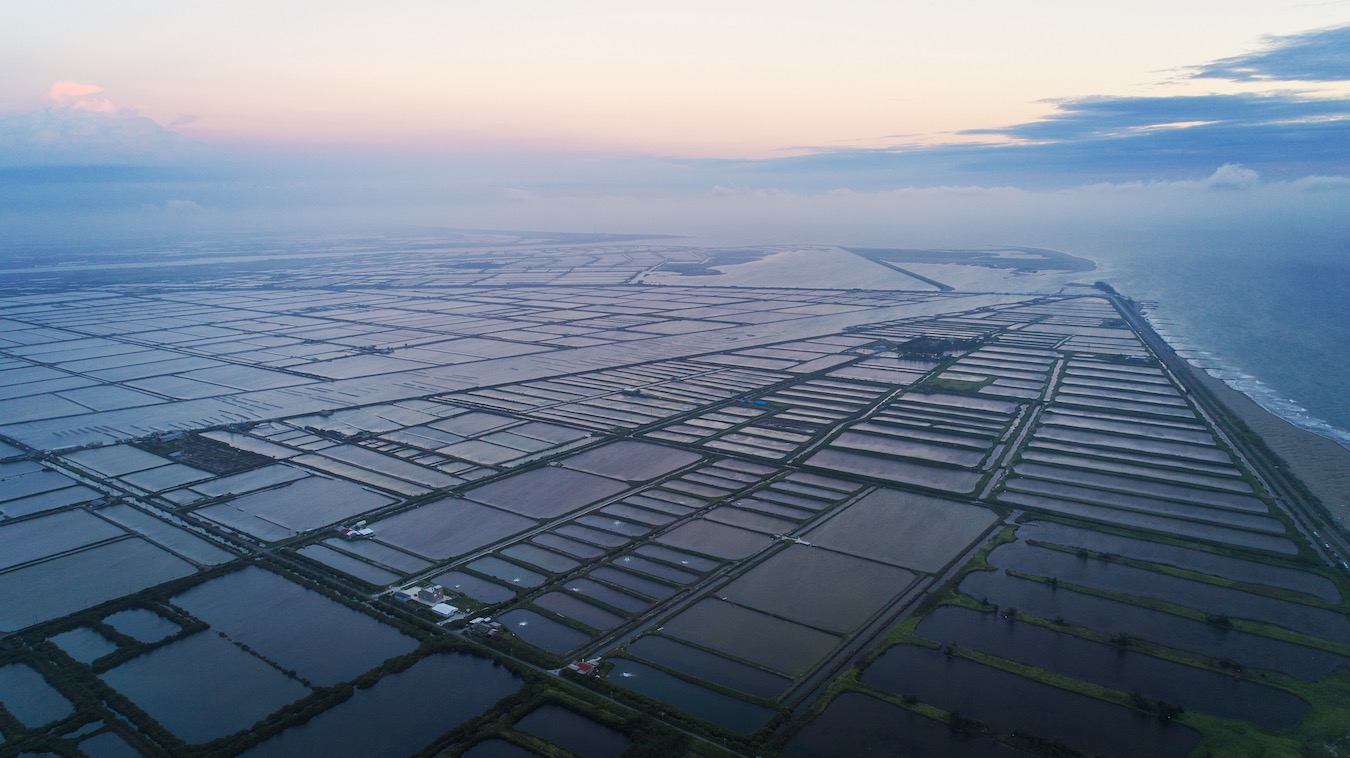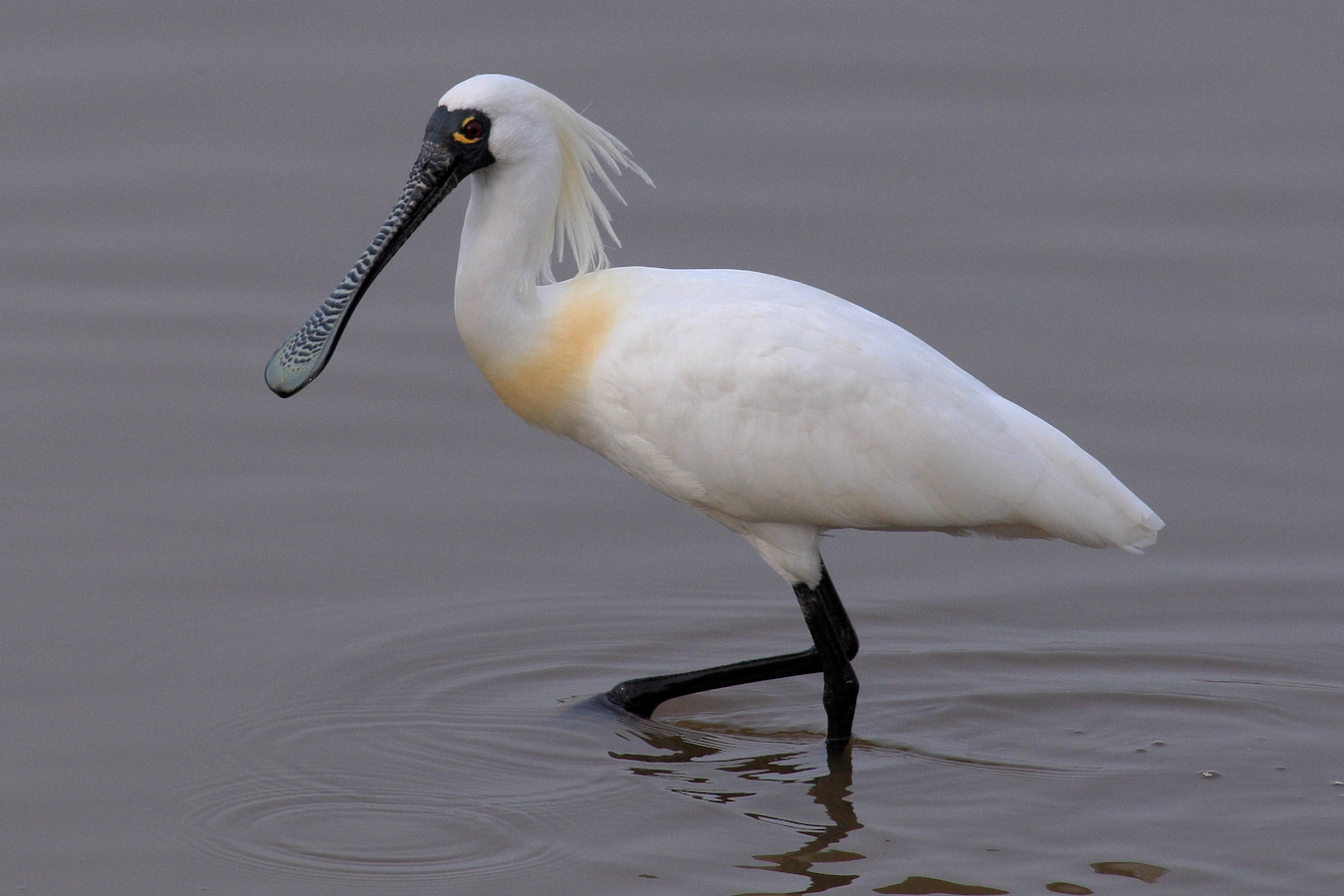by Brian Hioe
語言:
English
Photo Credit: 賴聖文/WikiCommons/CC BY-SA 4.0
TWO HUNDRED demonstrated against solar farms in Cigu in front of the Presidential Office in early November. This continues several years of protest by Cigu residents against solar farms. According to demonstrators from the Alliance to Save the Lands of Cigu and other groups, protests against the solar farms have quadrupled in the past four years.
Cigu residents are critical of what they claim to be unregulated overdevelopment of solar farms on protected land, agricultural land, and land used for fish farms. This has resulted in 10% of the local area being taken up by solar farms, which is 11.48km2. Some of the largest solar farms in Taiwan are located in Cigu.
Local residents take the view that the solar farms threaten the livelihood of agricultural farmers and fish farmers, seeing as the solar farms were built on land originally used for fish farms. 1/4th of all fish farms in Taiwan are located in Cigu, which constituted 1,200 hectares in 2018.
 Fish farms along the coast in Cigu. Photo credit: Guanting Chen/WikiCommons/CC BY-SA 4.0
Fish farms along the coast in Cigu. Photo credit: Guanting Chen/WikiCommons/CC BY-SA 4.0
In particular, the issue faced by fish farmers is that the solar farms have caused the price of land to increase, driving fish farmers out of business because they are unable to rent ponds and land. Although fish farmers previously rented land for 30,000 NT from landowners, solar power companies can offer ten times the amount.
Fish raised by fish farmers also have difficulty surviving when surrounded by equipment used for solar power, with fish cut off from sources of food. Likewise, fish farmers cannot raise fish during testing periods for solar power equipment, and agricultural farmers have faced issues with farming infrastructure damaged by solar farm construction that involves digging into roads.
Local residents have also raised concerns that solar farm construction threatens the wintering grounds of the endangered black-faced spoonbill. There are thought to be 6,162 surviving black-faced spoonbills, which is a successful recovery from a population that was fewer than 300 three decades ago. There are 3,824 black-faced spoonbills in Taiwan this year, of which 2,158 are in Tainan, meaning that more than 30% of the world’s black-faced spoonbill population resides in Tainan for the winter.
Cigu residents fear that solar farms may cover 20% of the land in the future, calling for limits on solar farm construction in the area. Some also allege collusion between government officials and solar farm developers, along the lines of collusion between commercial developers and government officials widely seen elsewhere in Taiwan. Either way, the government is motivated to encourage the development of solar farms in order to meet renewable energy goals that entail net-zero emissions by 2050.
The Executive Yuan has ruled out the idea of mandating limits on solar farm construction but set up a task force, with the aim of facilitating better coordination between farmers, local residents, and solar farm developers. Yet this continues a familiar pattern seen in Taiwan in which solar farm development comes into conflict with local residents.
 The black-faced spoonbill. Photo credit: Cp9asngf/WikiCommons/CC BY-SA 3.0
The black-faced spoonbill. Photo credit: Cp9asngf/WikiCommons/CC BY-SA 3.0
Cases in point include efforts by the Taitung county government to construct solar farms in the Zhiben wetlands, despite the fact that this is the land of the Katratripulr tribe of the Beinan Indigenous people. This has resulted in conflict with local residents, who do not welcome a solar farm on their land.
In other cases, farmers have protested solar farms that they see as occupying the farmland that they rely on for their livelihood. There has also been criticism of when solar farms are built by razing forests that contribute to lowering carbon emissions, with calls that solar farms should be instead built on rooftops. Semiconductor manufacturing giant TSMC stoked such controversies in 2020 with plans to clear 230 hectares of reforested land in Pingtung to build a solar farm, as part of plans to transition to 100% renewable energy, as did the Taiwan Sugar Corporation with a solar farm that was also 230 hectares. Apart from solar power, similarly, fishermen have faced threats to their livelihood from wind power, as in plans to build a wind farm near the islets of Huaping, Mianhua, and Pengjia announced in 2020 that threaten fishing grounds used by Taiwanese fishermen.
The core issues at hand may return to lack of coordination between the Taiwanese government, companies involved in the development of renewable energy, and local stakeholders. However, it is not surprising that many of the longtime issues regarding developmentalism in Taiwan involving the disregard of local voices also take place with renewable energy, much as it has been the case for traditional forms of power in Taiwan for a long time.

